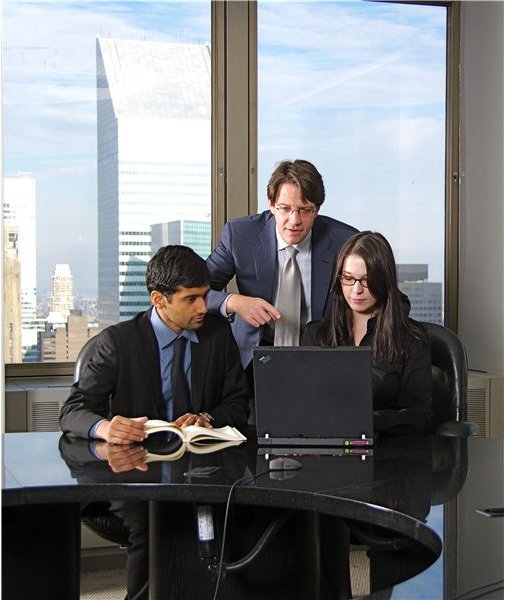Applying Robert's Rules of Order for Meetings Held Online
Introduction
A standard part of working in a corporation, or even that of a small company is the business meeting. These are usually the gathering of certain members of a department, or the department as a whole, to go over certain aspects of a new project, new changes within the business, or even meeting new clients or new employees.
With the advent of the Internet, however, and the growth it has taken over the years, sometimes employees don’t even need to be in the room in order for a meeting to be conducted. But how does one conduct such meetings when done over the Internet? Most business will use something called Robert’s Rules of Order within their business structure, and these rules address many aspects of running a business itself.
Here, we’ll look at the Robert’s Rules of Order for meetings and how someone can apply them to that of the online variety.
Who or What is Robert’s Rules of Order?
With such a profound effect within the business community, many employees may wonder who exactly came up with the way in which a meeting should be conducted. Enter Henry M. Robert; an Army General and engineer, who just happened to be picked to chair a committee, due in part to his activeness in the community.
Robert lived during the 1860’s and it was in this time that he was asked to chair a local committee. Not knowing how to do so, the end result was an embarrassment to the General, and something he never wanted to experience again. Robert, however, went forth to discover how to run a more effective meeting and thus, centuries later, we are given the basis for an important parliamentary law.
Robert’s Rules of Order are fairly simple, outlining the way in which meetings in general should be conducted -
- Point of Privilege: Regarding noise, personal comfort, etc while in a meeting.
- Point of Information: Ability for members to ask a question.
- Agenda: Changing the agenda of the meeting, but only for a purpose.
- Main Motion: Ability to bring up new business before the meeting officially starts, or at the beginning of the meeting in general.
This is, of course, just some of the points that Robert came up with. The whole listing of rules can be found at the main rules of order website (see references).
How to Apply the Rules
Robert’s Rules of Order for Meetings is pretty cut and dry, outlining the way in which meetings take place nearly every day. But what
about those online meetings? How does one apply these rules when speaking to someone behind a computer screen?
These rules can easily be applied, though it may need to take some extra time in order to get everything set up properly for an online meeting. In most online meetings, there may be several people involved, who will communicate either through visual or audio means, from where ever they are. This is usually done by business video conferencing, whereby the Internet is used to connect all parties.
Point of Privilege - in dealing with online meetings, it is important that the meeting is conducted in an area in which the noise level is non existent or at a minimum.
Point of Information - in the instance of online meetings, it is important for the manager or group leader to state when questions are appropriate. This can either be done after all information has been given or after a certain amount of time.
Extend/Limit Debate - for online meetings, this can allow for group members to continue a conversation; however, it is up to the group leader to state how, when, and where this continues. This can easily be done through chat rooms or allowing for members to stay connected when the meeting is adjourned.
Conclusion
Applying Robert’s Rules of Order for meetings that take place online can easily be done as if the group was sitting face to face. In fact, some may feel that the online aspect allows for an ease that might not be felt in a real world meeting. The addition of Skype-type chat rooms, IMs, and email, allow for continued discussion even after the meeting is over, which allows for group members to still be connected when needing to continue the meeting.
There is also the point of online collaboration, in which members can combine their thoughts and ideas in a single space online through cloud computing. Many aspects of face to face meetings can be done online, though there might be some changes and a chance for creative work arounds.
References
Who is Henry M. Robert?, https://nancysylvester.com/docs/Resources/articles/henry_m_robert.html
Robert’s Rules of Order - Quick Summary, https://www.robertsrules.org/
Robert’s Rules of Order - Original Document, https://www.robertsrules.org/rror--00.htm
Image content @ Morgue File
